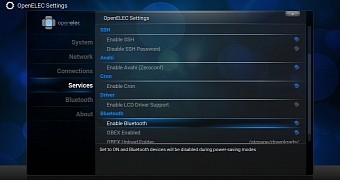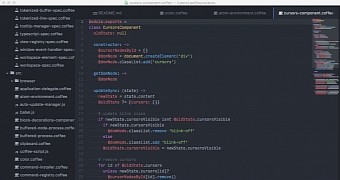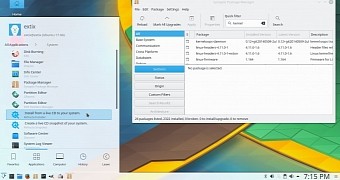Welcome to the concluding chapter of this three-part blog series on the low latency Linux kernel for industrial embedded systems.
Each blog is standalone and can be read independently from the others, although you may want to start at the beginning for some continuity. If you need a quick refresher on userland and kernel space, we recommend you check Part I out first. In Part II, we looked at preemption in Linux, the timer interrupt frequency, and the config options adopted by the low latency Ubuntu Linux kernel.
If you are a bit rusty with these concepts, going back to Part I and Part II may help to refresh your memory. Otherwise, keep moving as you are almost at the end of your low latency journey!
Latency in industrial embedded systems
The low latency Ubuntu kernel is suitable for low-jitter workloads and industrial embedded applications with latency requirements in the milliseconds’ range. Latency in an embedded system refers to the time elapsed when servicing a request,…








